Orthodontic treatment has evolved significantly over the years, moving beyond traditional braces to encompass a range of advanced techniques to achieve optimal dentofacial aesthetics and function. These advancements offer patients more options and allow orthodontists to address complex cases more effectively. Let’s explore some of the cutting-edge techniques in dentofacial orthodontics that are shaping the future of smile enhancement.
Advanced Techniques in Dentofacial Orthodontics
1. Invisalign Clear Aligners
Invisalign clear aligners have revolutionized orthodontic treatment by providing a discreet and comfortable alternative to traditional braces. These custom-made aligners gradually shift teeth into their desired positions using controlled force. One of the key advantages of Invisalign is its virtually invisible appearance, making it an attractive option for individuals who wish to straighten their teeth without drawing attention to their treatment.
Additionally, Invisalign aligners are removable, allowing patients to eat, brush, and floss easily, unlike traditional braces, which can pose challenges to maintaining oral hygiene. With advancements in technology, Invisalign treatment has become increasingly precise, catering to many orthodontic issues, including crowded teeth, spacing issues, and bite irregularities.
2. Lingual Braces
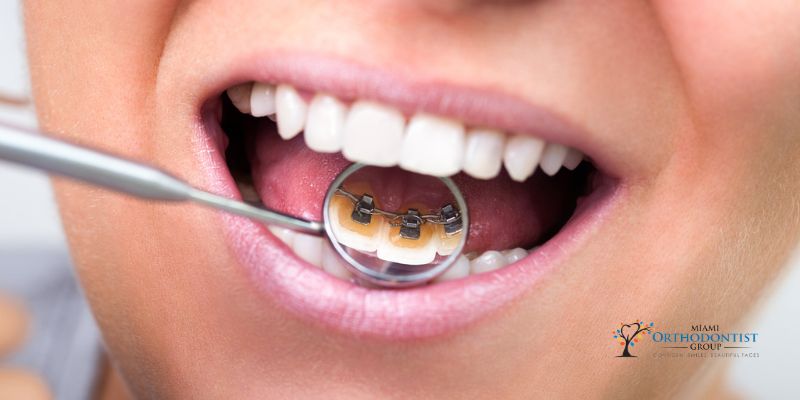 Lingual braces offer a discreet alternative to traditional braces by placing the brackets and wires on the inner surfaces of the teeth, facing the tongue. This placement hides the orthodontic appliances from view, providing patients with a more aesthetically pleasing treatment option. Lingual braces work similarly to traditional braces, applying gentle pressure to move teeth into their correct positions gradually.
Lingual braces offer a discreet alternative to traditional braces by placing the brackets and wires on the inner surfaces of the teeth, facing the tongue. This placement hides the orthodontic appliances from view, providing patients with a more aesthetically pleasing treatment option. Lingual braces work similarly to traditional braces, applying gentle pressure to move teeth into their correct positions gradually.
They are custom-made for each patient to ensure a precise fit and optimal results. While lingual braces may take some time to adjust to due to their placement on the tongue side of the teeth, many patients find them a worthwhile investment in achieving a straighter smile without the visibility of traditional braces. Additionally, lingual braces are suitable for treating many orthodontic issues, including crowded teeth, spacing problems, and bite misalignments, making them a versatile option for many patients seeking discreet orthodontic treatment.
3. Accelerated Orthodontics
Accelerated orthodontics refers to techniques and technologies designed to reduce the treatment time required to straighten teeth and correct bite issues. These methods aim to accelerate the biological processes involved in tooth movement, allowing patients to achieve their desired results in a shorter period. One such technique is high-frequency vibration devices, which stimulate bone remodeling and enhance the rate of tooth movement.
Another approach is using micro-osteoperforations, which create tiny holes in the bone surrounding the teeth, facilitating faster tooth movement. Propel Orthodontics and AcceleDent techniques also utilize cyclic forces to expedite tooth alignment.
While accelerated orthodontics may not be suitable for every patient or case, it offers a promising option for individuals seeking shorter treatment times without compromising the quality of their results. By leveraging these advanced techniques, orthodontists can effectively address malocclusions and enhance dentofacial aesthetics with greater efficiency and convenience for their patients.
4. Surgical Orthodontics
Surgical orthodontics, or orthognathic surgery, involves the combined efforts of an orthodontist and an oral and maxillofacial surgeon to correct severe malocclusions and skeletal irregularities. This comprehensive approach addresses not only the alignment of the teeth but also the underlying skeletal discrepancies of the jaw and facial structures.
Surgical orthodontics is typically recommended for patients with significant jaw discrepancies that cannot be corrected through orthodontic treatment alone. The process begins with orthodontic preparation to align the teeth in optimal positions, followed by surgery to reposition the jaws as necessary. Finally, post-surgical orthodontic treatment is employed to fine-tune the occlusion and achieve the desired aesthetic and functional outcomes.
While surgical orthodontics may involve a longer and more complex treatment process than traditional one, it can effectively address severe malocclusions and improve the smile’s appearance and function. With advancements in surgical techniques and technology, surgical orthodontics continues to evolve, offering transformative results for patients with complex dentofacial issues.
5. Digital Orthodontics
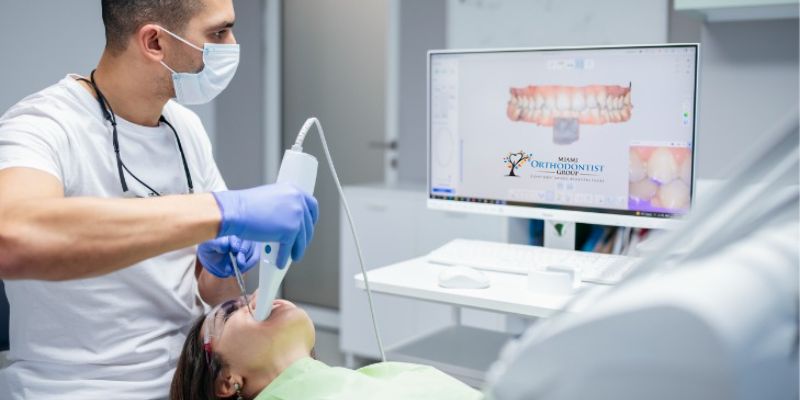 Digital orthodontics has transformed how orthodontic treatments are planned and executed, offering precision and efficiency like never before. Digital technologies like intraoral scanners, 3D imaging, and computer-aided design/computer-aided manufacturing (CAD/CAM) systems enable orthodontists to create accurate digital models of patients’ teeth and jaws.
Digital orthodontics has transformed how orthodontic treatments are planned and executed, offering precision and efficiency like never before. Digital technologies like intraoral scanners, 3D imaging, and computer-aided design/computer-aided manufacturing (CAD/CAM) systems enable orthodontists to create accurate digital models of patients’ teeth and jaws.
These digital models allow for detailed treatment planning and simulation, facilitating better communication between the orthodontist and the patient. Additionally, digital orthodontic techniques streamline the fabrication of custom orthodontic appliances, such as clear aligners and lingual braces, improving fit and treatment outcomes. By harnessing the power of digital orthodontics, orthodontists can deliver personalized treatment plans tailored to each patient’s unique needs, resulting in more predictable and efficient orthodontic outcomes.
6. Temporary Anchorage Devices (TADs)
Temporary Anchorage Devices (TADs) have emerged as valuable tools in orthodontic treatment, especially for cases requiring complex tooth movements or skeletal corrections. TADs are small titanium screws or plates that are temporarily placed into the bone to serve as stable anchor points for orthodontic forces. These devices give orthodontists greater control over tooth movement, allowing them to achieve more challenging treatment goals, such as intruding or extruding teeth, closing spaces, or correcting severe bite discrepancies.
TADs can be strategically placed in various locations within the mouth, depending on the specific needs of the patient and the desired tooth movements. Their temporary nature means they can be easily removed once treatment is complete, with minimal impact on surrounding teeth and tissues. By incorporating TADs into orthodontic treatment plans, orthodontists can expand the scope of what is achievable with orthodontics, offering patients more comprehensive solutions for their dental and skeletal issues.
Conclusion
Innovative techniques like digital orthodontics and temporary anchorage devices reshape dentofacial orthodontics, offering precision and efficiency. These advancements enhance treatment planning, control tooth movement, and improve patient outcomes. By embracing these cutting-edge approaches, orthodontists can deliver personalized care, transform smiles, and improve oral health. As the field continues to evolve, staying abreast of the latest developments is crucial for providing the highest standard of care. With these advanced techniques, orthodontics enters a new era of effectiveness and patient satisfaction.


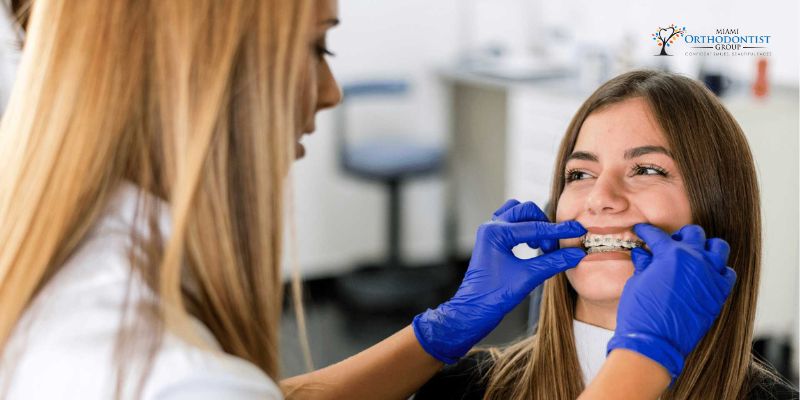
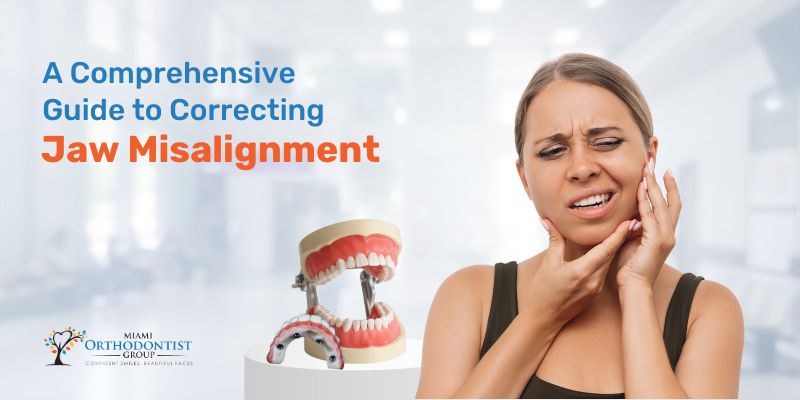
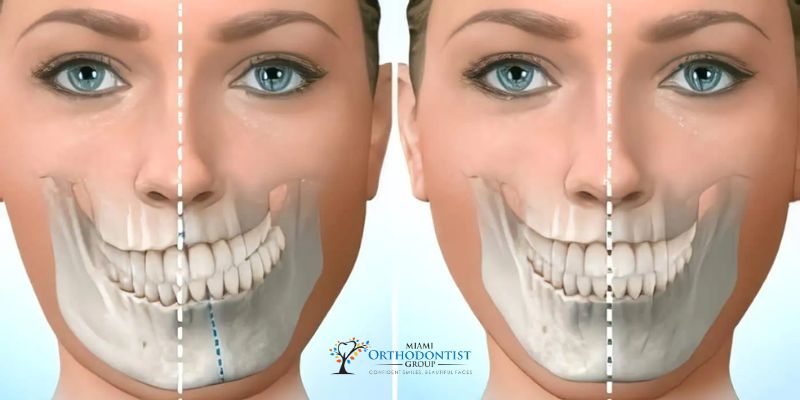 Several factors contribute to jaw misalignment, including genetic predisposition, abnormal jaw development, trauma, prolonged thumb sucking, and conditions like cleft lip and palate. Additionally, tumors affecting the jawbone can also lead to malocclusion. These various causes disrupt the natural growth and alignment of the jaws, resulting in improper bite patterns. Understanding these underlying factors is essential for determining the most appropriate treatment approach to address jaw misalignment effectively.
Several factors contribute to jaw misalignment, including genetic predisposition, abnormal jaw development, trauma, prolonged thumb sucking, and conditions like cleft lip and palate. Additionally, tumors affecting the jawbone can also lead to malocclusion. These various causes disrupt the natural growth and alignment of the jaws, resulting in improper bite patterns. Understanding these underlying factors is essential for determining the most appropriate treatment approach to address jaw misalignment effectively.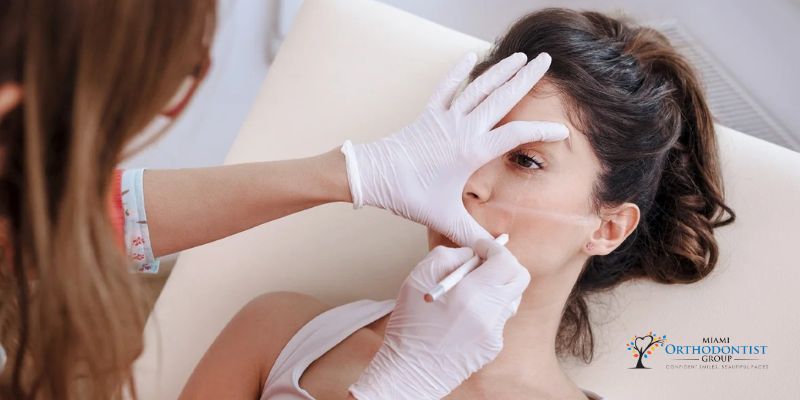 Orthognathic or corrective jaw surgery is designed to reposition the jaws to achieve proper alignment. This comprehensive approach addresses functional and aesthetic aspects of jaw misalignment, allowing patients to improve their oral health and facial appearance.
Orthognathic or corrective jaw surgery is designed to reposition the jaws to achieve proper alignment. This comprehensive approach addresses functional and aesthetic aspects of jaw misalignment, allowing patients to improve their oral health and facial appearance.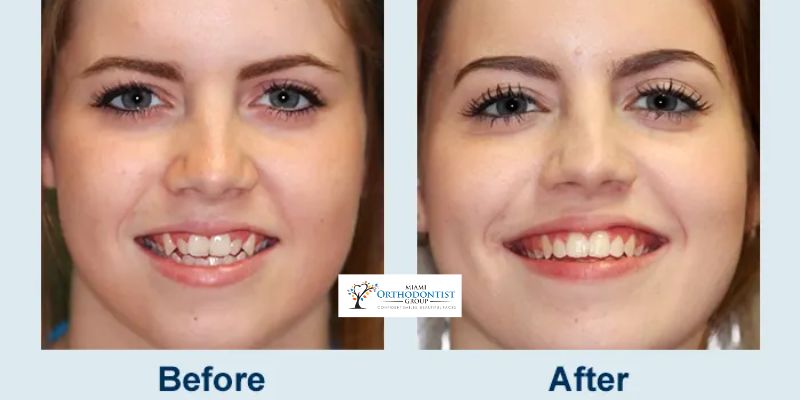
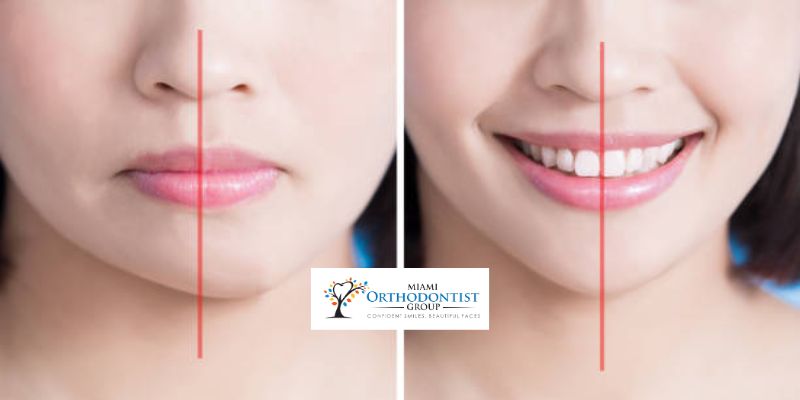 One of the primary goals of
One of the primary goals of 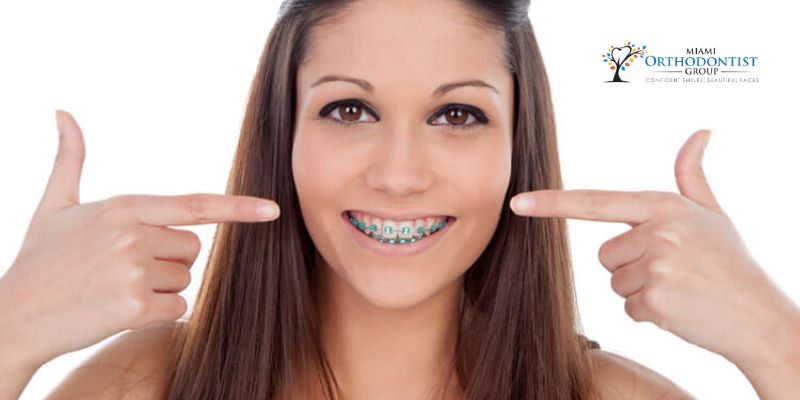 The psychological impact of
The psychological impact of 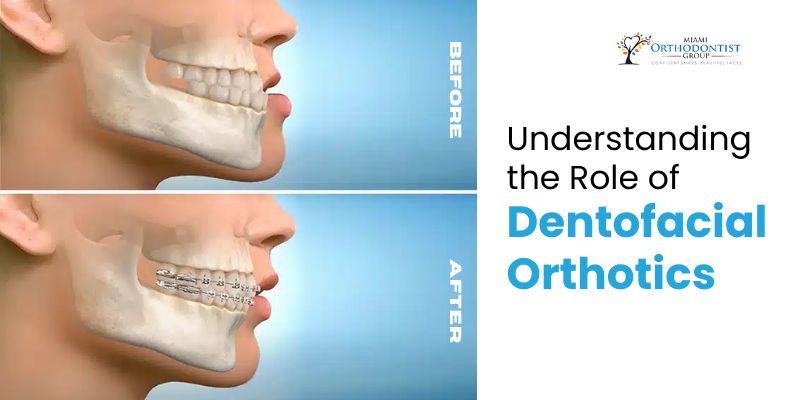
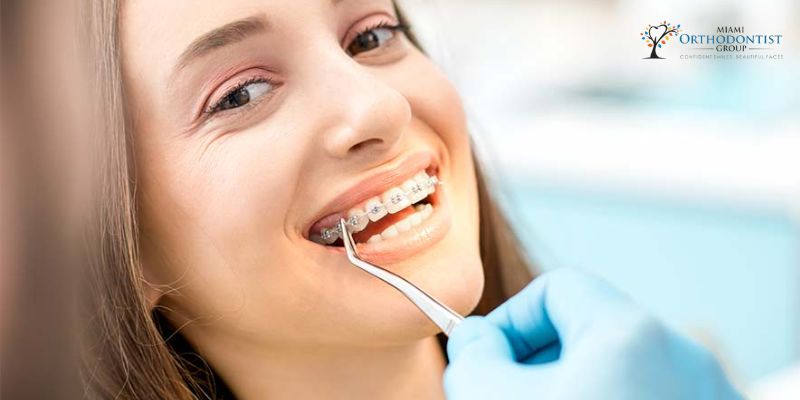

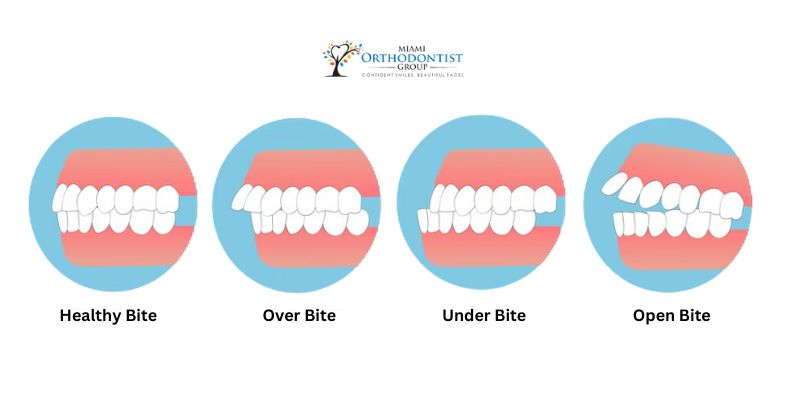 Orthodontic appliances like braces and aligners address misalignments and bite issues. Crooked teeth or malocclusions not only impact the aesthetics of a smile but also pose potential risks to oral health. Teeth that are not properly aligned can be challenging to clean, leading to a higher risk of cavities and gum disease. Moreover, bite irregularities can result in uneven wear on the teeth, causing long-term damage.
Orthodontic appliances like braces and aligners address misalignments and bite issues. Crooked teeth or malocclusions not only impact the aesthetics of a smile but also pose potential risks to oral health. Teeth that are not properly aligned can be challenging to clean, leading to a higher risk of cavities and gum disease. Moreover, bite irregularities can result in uneven wear on the teeth, causing long-term damage.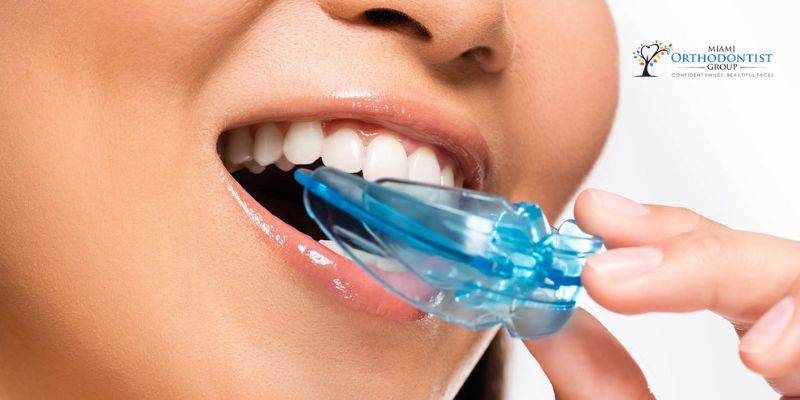 Teeth grinding
Teeth grinding
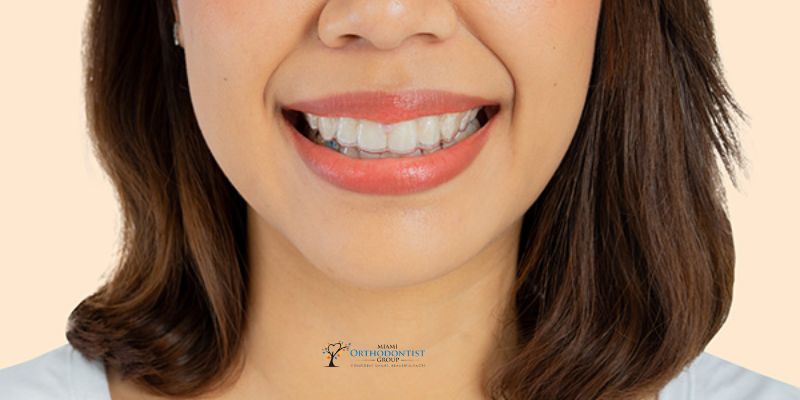 One of the most significant advantages of Invisalign is its discreet and virtually invisible nature. Unlike traditional braces, Invisalign aligners are made from transparent and smooth plastic, making them nearly imperceptible when worn. This feature is especially appealing to individuals who may feel self-conscious about the appearance of metal brackets and wires. The clear aligners allow wearers to undergo
One of the most significant advantages of Invisalign is its discreet and virtually invisible nature. Unlike traditional braces, Invisalign aligners are made from transparent and smooth plastic, making them nearly imperceptible when worn. This feature is especially appealing to individuals who may feel self-conscious about the appearance of metal brackets and wires. The clear aligners allow wearers to undergo 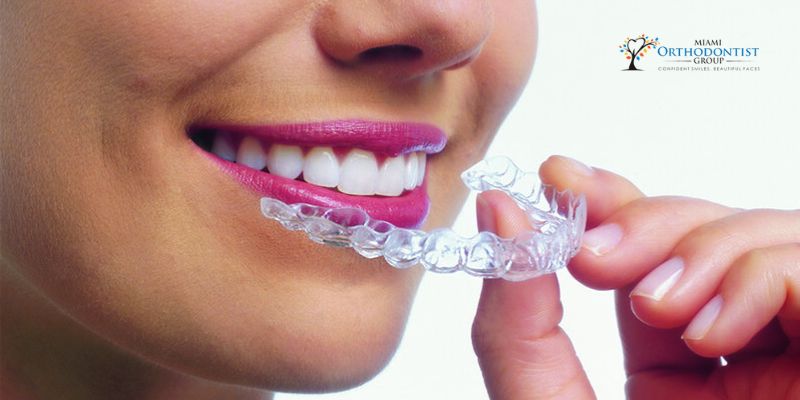 Unlike traditional braces, Invisalign aligners are removable, allowing individuals to maintain optimal oral hygiene throughout treatment. The ability to take out the aligners makes brushing and flossing more accessible, reducing the risk of plaque buildup and tooth decay. With traditional braces, cleaning around the brackets and wires can be challenging, often leading to oral hygiene issues.
Unlike traditional braces, Invisalign aligners are removable, allowing individuals to maintain optimal oral hygiene throughout treatment. The ability to take out the aligners makes brushing and flossing more accessible, reducing the risk of plaque buildup and tooth decay. With traditional braces, cleaning around the brackets and wires can be challenging, often leading to oral hygiene issues.
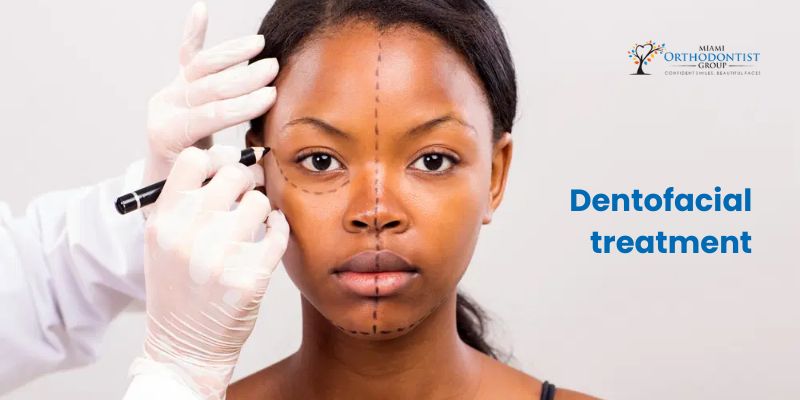 Enhanced Oral Functionality
Enhanced Oral Functionality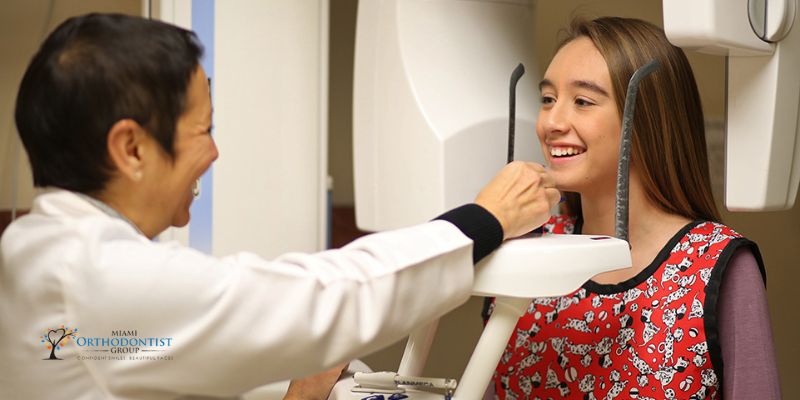 Facial Aesthetics and Dentofacial Harmony
Facial Aesthetics and Dentofacial Harmony
 Dentofacial orthopedic issues can vary widely in severity and complexity. Some common problems that dentofacial orthopedists address include:
Dentofacial orthopedic issues can vary widely in severity and complexity. Some common problems that dentofacial orthopedists address include:

 Maintaining good oral hygiene is vital when it comes to retainer care. Clean your retainer daily to prevent the buildup of plaque, bacteria, and odors. Rinse it with lukewarm water after every meal and gently brush it with a soft-bristle toothbrush and mild soap or retainer-specific cleaner at least once daily. Avoid using hot water or abrasive cleaners, which can damage the retainer’s material.
Maintaining good oral hygiene is vital when it comes to retainer care. Clean your retainer daily to prevent the buildup of plaque, bacteria, and odors. Rinse it with lukewarm water after every meal and gently brush it with a soft-bristle toothbrush and mild soap or retainer-specific cleaner at least once daily. Avoid using hot water or abrasive cleaners, which can damage the retainer’s material. Treat your retainer gently to prevent damage. When inserting or removing it, use both hands and avoid applying excessive force. Retainers can be delicate, and rough handling can lead to cracks or distortion.
Treat your retainer gently to prevent damage. When inserting or removing it, use both hands and avoid applying excessive force. Retainers can be delicate, and rough handling can lead to cracks or distortion.